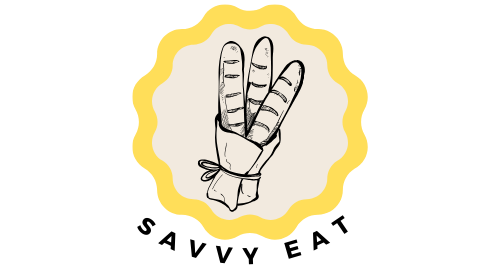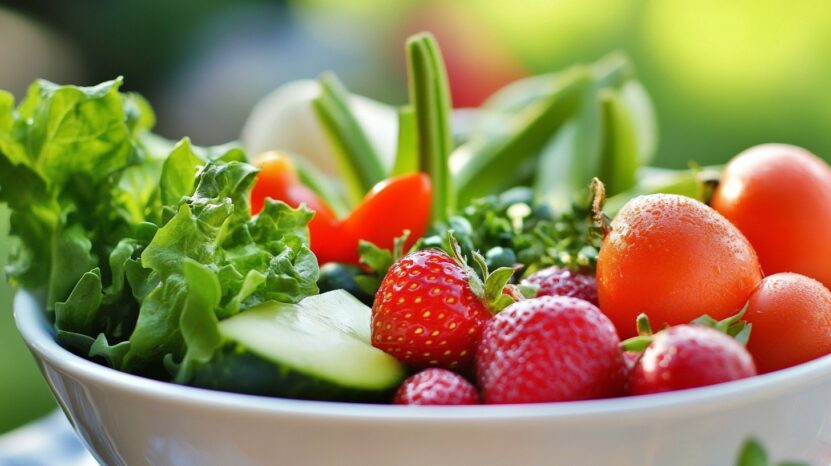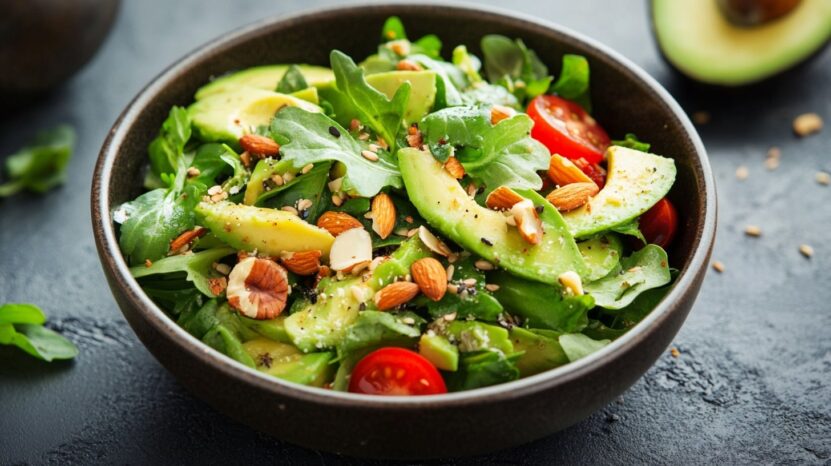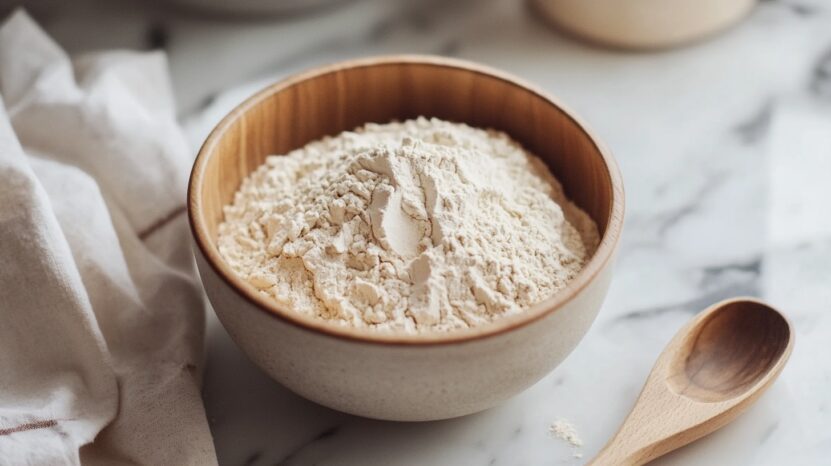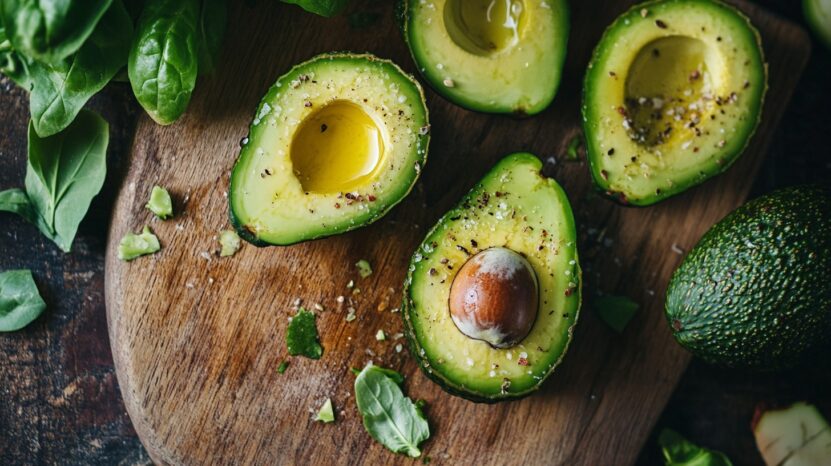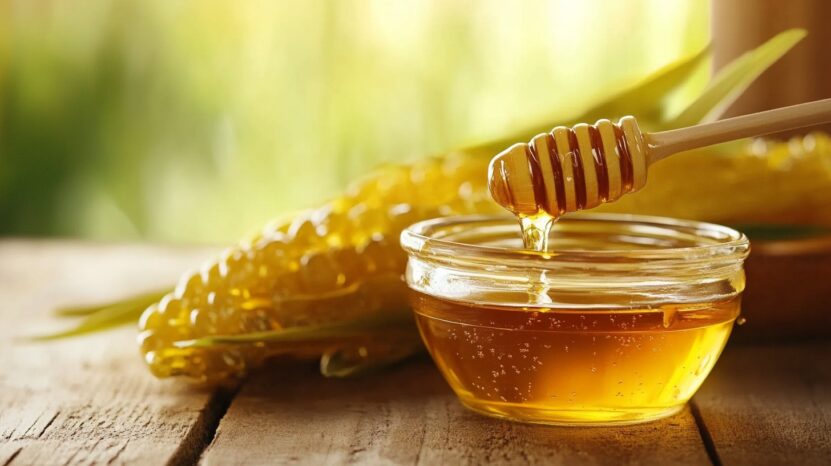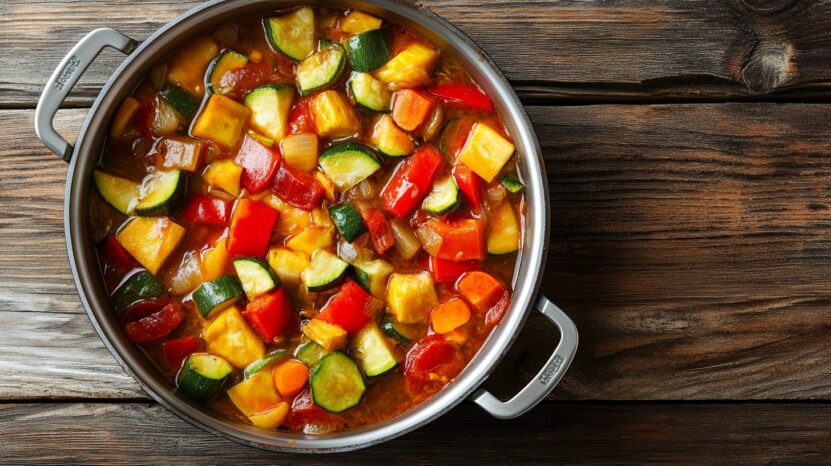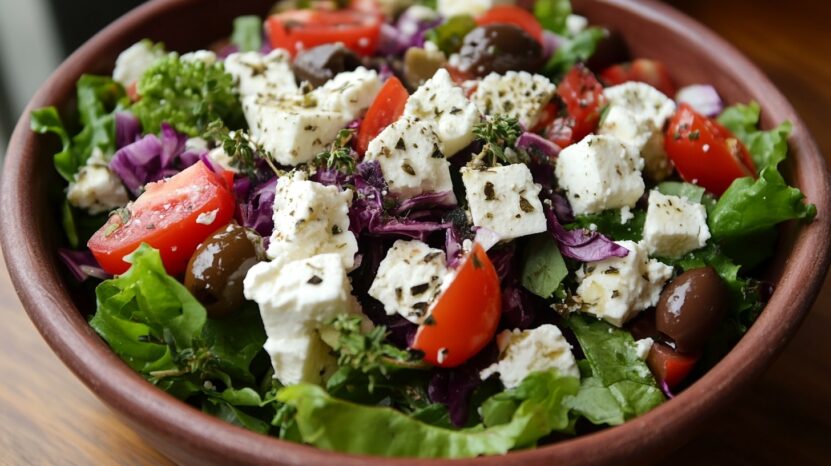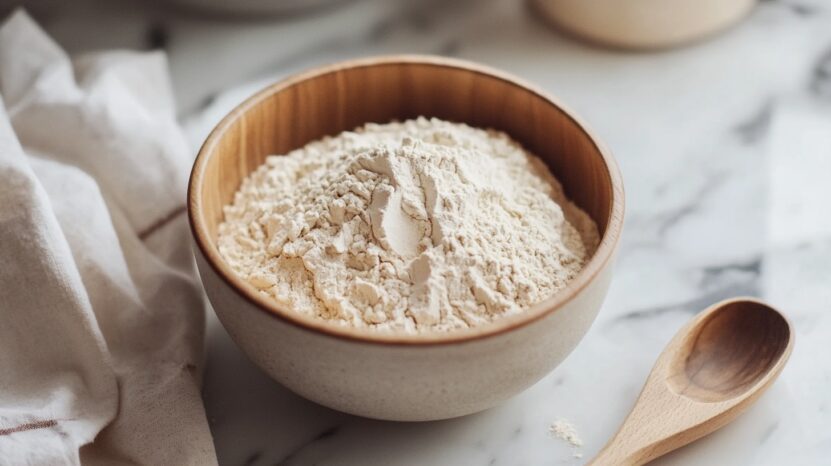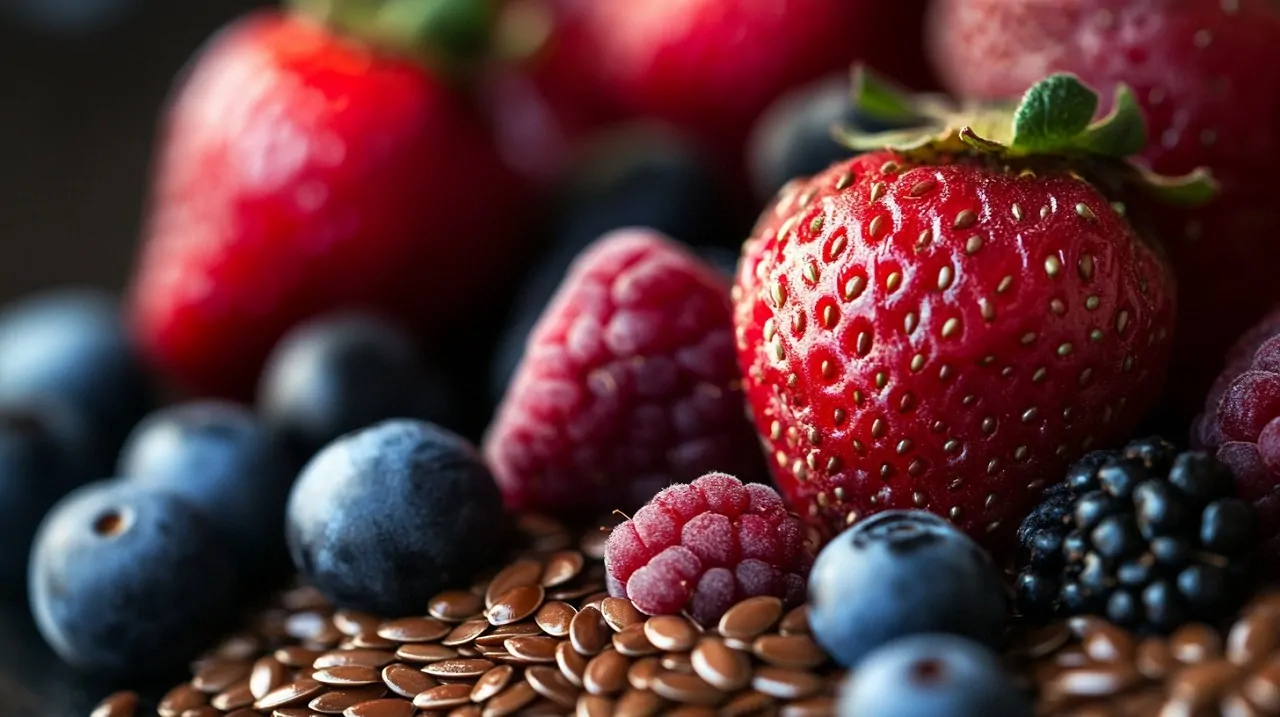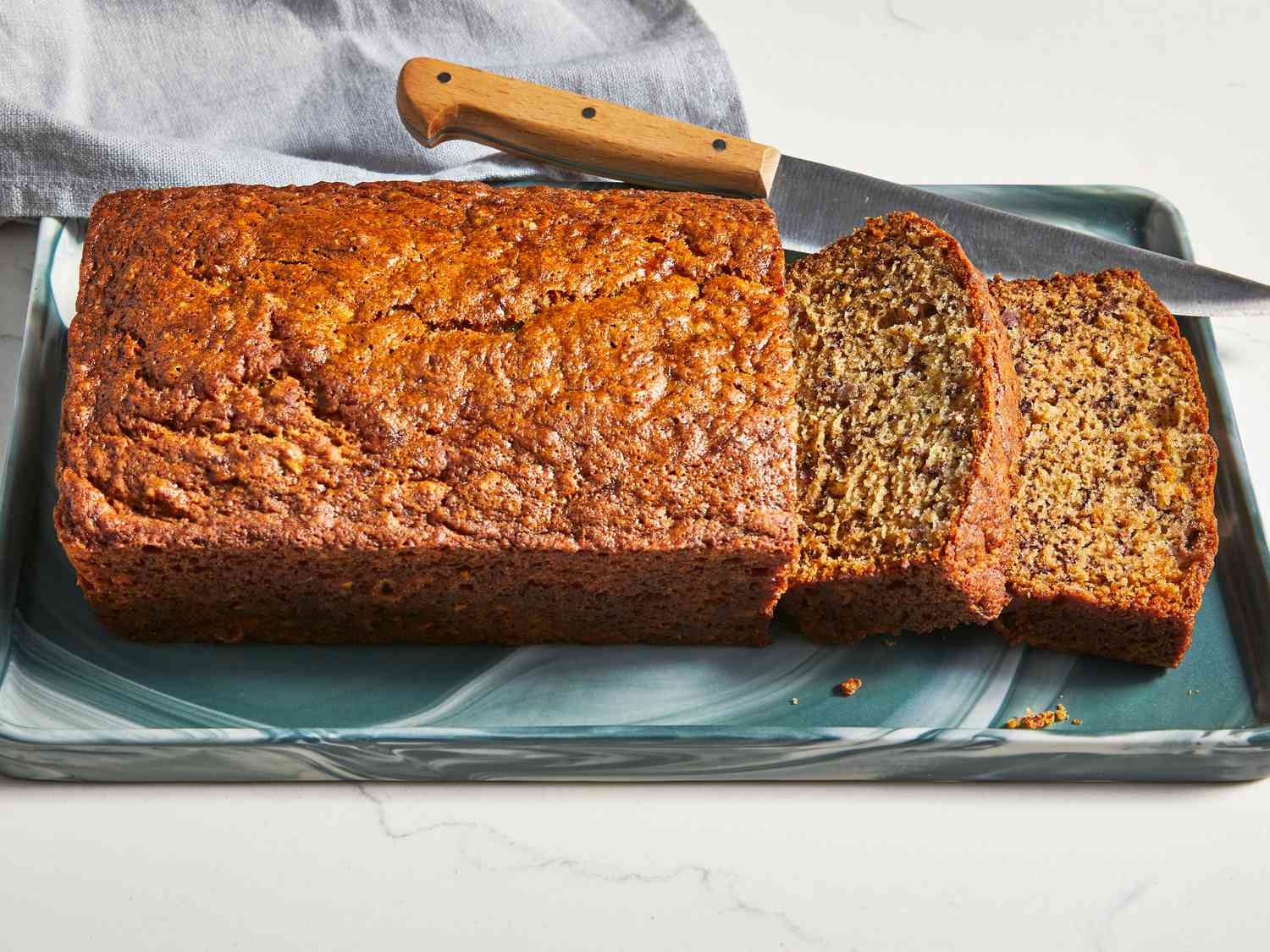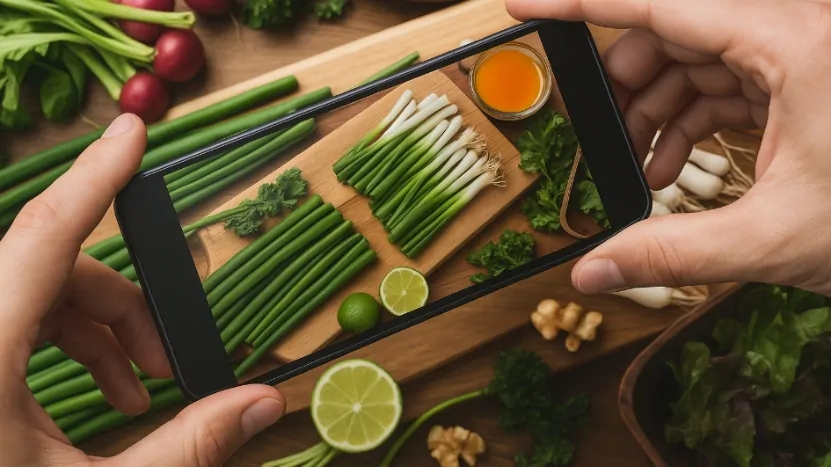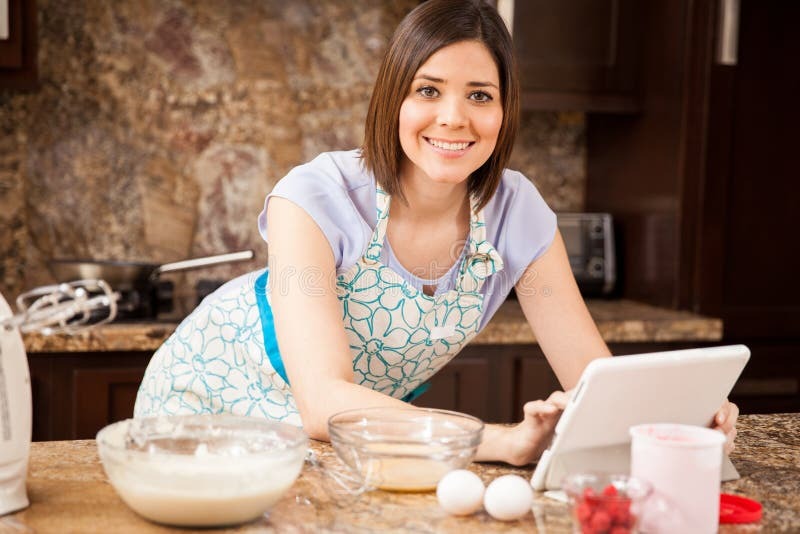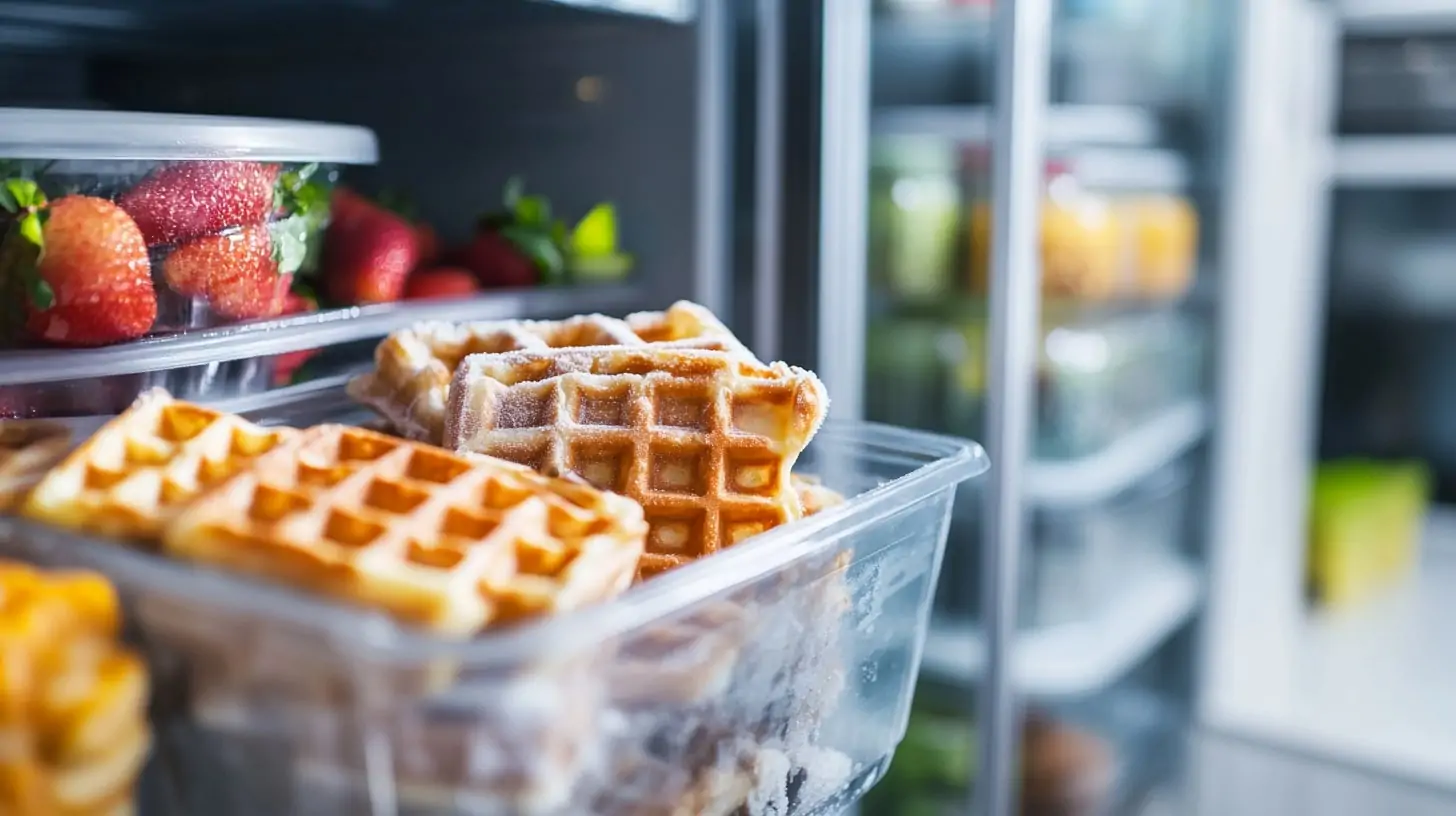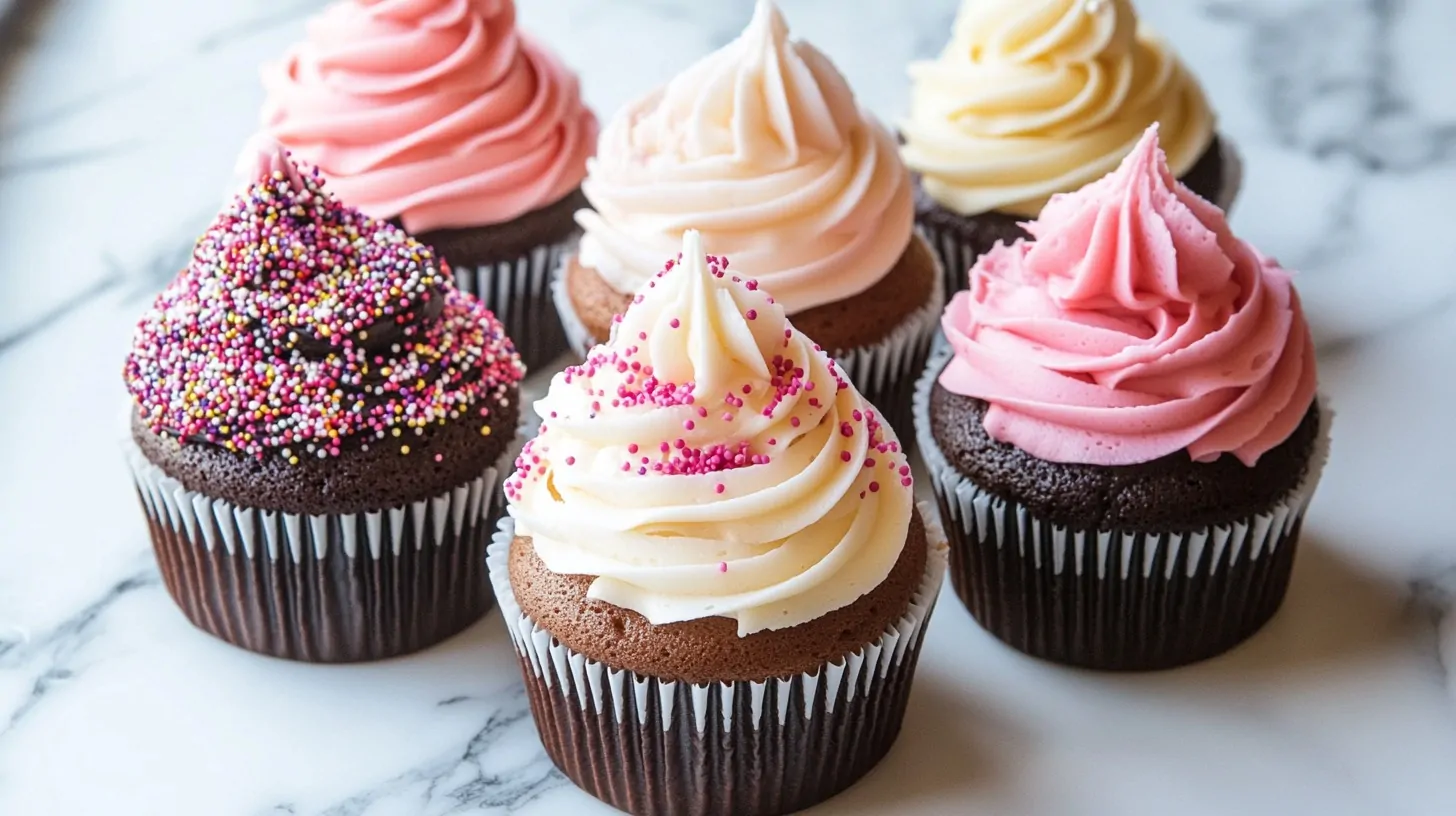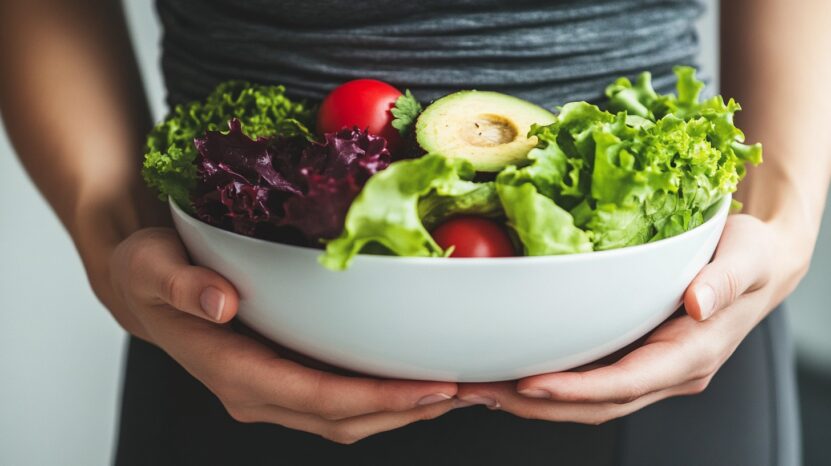
Share Post:
Switching to a grain-free diet has become a popular choice for those looking to lose weight or improve their overall health.
Removing grains from your meals can help reduce inflammation, improve digestion, and stabilize blood sugar levels, making it a powerful approach to wellness.
However, the transition can be challenging without the right guidance.
To help you with that, we will provide tips that can help you successfully adopt a grain-free lifestyle while enjoying a wide range of nutritious and satisfying foods.
Tip #1: Focus on Vegetables and Whole Foods
One of the easiest and healthiest ways to start a grain-free diet is by eating more vegetables and whole foods. These are natural, unprocessed foods that provide lots of nutrients your body needs.
- Cauliflower: Can be used as a substitute for rice. Simply chop it finely or use a food processor to make “cauliflower rice.”
- Zucchini: Works well as a replacement for pasta. You can spiralize zucchini into noodles, often called “zoodles.”
- Sweet potatoes: Are a hearty choice to replace bread or tortillas. You can bake or mash them for a filling side dish.
Besides vegetables, whole foods like fruits, lean meats, and legumes are also important.
These foods provide a wide range of vitamins, minerals, and fiber, helping you stay full and satisfied.
- Fruits: Offer natural sugars and important vitamins like vitamin C.
- Lean meats: Such as chicken or fish, provide protein without the need for grains.
- Legumes: Like beans or lentils, add fiber and nutrients to your diet.
Focusing on vegetables and whole foods helps make your grain-free diet more balanced, keeping you energized and ensuring you get all the essential nutrients without relying on processed foods.
Tip #2: Avoid Processed Grain-Free Substitutes
When switching to a grain-free diet, you might find plenty of substitutes, like paleo bread or grain-free pizza crust. While these can be helpful, it’s best not to rely on them too much.
Many processed grain-free products still contain ingredients like preservatives, added sugars, or unhealthy oils, which can be bad for your health.
Instead of trying to replace grain-based meals with these substitutes, focus on naturally grain-free foods that don’t need to be swapped out.
This can make your diet cleaner and more nutritious.
- Stir-fry with fresh vegetables and chicken
- A salad with avocado, nuts, and seeds
- Roasted vegetables like sweet potatoes, carrots, or squash, paired with lean proteins like fish or chicken
These meals are not only filling but also packed with nutrients.
Plus, skipping processed substitutes will help you avoid unhealthy additives that could slow your progress toward better health.
Tip #3: Learn to Use Grain-Free Flour
If you enjoy baking or cooking, switching to grain-free flour can open up a world of new possibilities.
There are many great grain-free flour options to explore, such as almond flour, coconut flour, cassava flour, and arrowroot flour.
Each of these flours has its special qualities, so it’s important to understand how they behave in different recipes.
- Almond flour: This flour has a rich, nutty taste that works well in many baked goods. It gives a moist and slightly dense texture, making it perfect for cakes, muffins, and cookies.
- Coconut flour: Coconut flour is very absorbent, so you’ll need to use more liquid ingredients (like eggs or oil) when using it. It adds a mild coconut flavor and works best in recipes like pancakes or bread.
- Cassava flour: Cassava flour has a neutral taste and is often a great substitute for regular flour. It can be used in recipes that call for wheat flour, like tortillas, without needing too many adjustments.
- Arrowroot flour: This flour is often used as a thickener in sauces, soups, and even baked goods. It helps add structure and texture when combined with other grain-free flour.
The key to successful grain-free cooking is experimenting with different combinations of these flours. You can blend them to get the right balance of flavor and texture, so your favorite baked goods turn out just as delicious without any grains.
Don’t be afraid to try different ratios until you find what works best for you!
Pro Tip: Jalapeño cornbread is a great tasty and healthy substitute for white bread!
Tip #4: Increase Healthy Fats to Combat Cravings
When you stop eating grains, one of the biggest challenges can be dealing with cravings for foods like bread, pasta, and other carb-heavy options.
A great way to fight off these cravings is by adding more healthy fats to your meals.
Healthy fats help keep you full and satisfied, making it easier to stick to your grain-free lifestyle.
- Avocados: Rich in healthy fats, they’re perfect for adding to salads or as a side dish.
- Coconut oil: A versatile oil that can be used for cooking or even added to smoothies.
- Olive oil: Great for drizzling over salads or vegetables.
- Nuts and seeds: A quick and easy snack that helps keep you full between meals.
These fats are not only filling, but they also provide important nutrients.
Healthy fats are essential for:
- Brain function: Your brain needs fats to work properly.
- Hormone production: Fats play a key role in maintaining hormone balance.
- Energy: Healthy fats provide a steady source of energy without the blood sugar spikes that come from carbs.
Tip #5: Stay Mindful of Hidden Grains
When starting a grain-free diet, it’s important to watch out for hidden grains in processed foods. Many packaged foods, sauces, and dressings often contain grains or grain-based ingredients, even if they don’t seem obvious.
Some common hidden grains include:
- Corn syrup
- Wheat flour
- Maltodextrin
To avoid accidentally eating grains, always read the ingredient labels on food packaging. Look out for these grain-based ingredients and other names that may indicate grains.
- Cook at home: The best way to ensure your meals are completely grain-free is to cook them yourself. Use fresh, whole ingredients that you know don’t contain grains.
- Choose grain-free products: If you need to buy packaged foods, look for items that are clearly labeled as “grain-free” or have a simple ingredient list without hidden grains.
- Be cautious with sauces and dressings: Many store-bought condiments, sauces, and dressings contain grain-based thickeners. Either make your own or choose products that specifically say they are grain-free.
Tip #6: Batch Cook and Prepare Ahead
Preparing your meals ahead of time can make following a grain-free diet much easier, especially if you have a busy schedule.
By setting aside some time each week to batch cook, you’ll always have grain-free meals ready to eat, which can save you time and reduce stress.
- Set aside a few hours for meal prep: Pick a day, like Sunday, to cook several meals in bulk.
- Cook large quantities: Make big batches of grain-free dishes like vegetable stir-fries, soups, and casseroles. These can be stored in the fridge or freezer for later use.
- Prepare snacks: Make grain-free snacks, such as muffins, energy bars, or roasted nuts, so you have healthy options to grab when you’re hungry.
Batch cooking helps you avoid reaching for convenience foods that might contain grains. Plus, it ensures that you always have healthy, homemade meals that fit your grain-free diet. With a little preparation, staying on track becomes much easier.
Tip #7: Explore International Grain-Free Dishes
Adding variety to your grain-free diet can be easy and fun by trying out international cuisines that naturally feature grain-free meals.
Many cultures around the world offer delicious dishes that don’t rely on grains, making it simple to stay on track while enjoying new flavors.
- Mediterranean cuisine: This style of cooking often focuses on fresh vegetables, lean meats, and healthy fats. Meals like grilled chicken or fish paired with a salad full of greens, olives, and feta cheese are common. You can also enjoy dishes like stuffed bell peppers or roasted eggplant without needing any grains.
- Middle Eastern cuisine: Many Middle Eastern dishes can easily fit into a grain-free lifestyle. For example:
- Hummus, made from chickpeas, is a great grain-free dip.
- Falafel can be made grain-free by avoiding breading or using alternative flour.
- Tabbouleh, typically made with bulgur wheat, can be prepared with cauliflower rice instead to keep it grain-free.
- Asian cuisine: Asian food offers a variety of grain-free choices that are both flavorful and filling. Some options include:
- Lettuce wraps with fillings like chicken, beef, or tofu.
- Stir-fries made with vegetables, proteins, and sauces without added grains.
- Coconut-based curries, which are naturally grain-free and packed with flavor.
Tip #8: Adapt Your Baking with Nut-Free Alternatives
If you’re following a grain-free and nut-free diet, don’t worry—there are still many baking alternatives to enjoy. You can easily replace nut-based flours, like almond flour, with other options that are just as versatile and delicious.
- Coconut flour: This flour is made from dried coconut meat and is naturally grain- and nut-free. Coconut flour is very absorbent, meaning it soaks up a lot of liquid.
- Cassava flour: Made from the root of the cassava plant, this flour is also grain- and nut-free. Unlike coconut flour, cassava flour behaves more like regular wheat flour, so it’s easier to substitute in most recipes.
With these flours, you can still make your favorite baked goods, from cookies to cakes, while avoiding grains and nuts.
The Bottom Line
Adopting a grain-free diet offers numerous health benefits, but it requires careful planning and creativity.
By focusing on vegetables, learning to use grain-free flours, and exploring international cuisine, you can successfully transition to a grain-free lifestyle.
Small, gradual changes will help you enjoy the wide variety of delicious and nutritious options available in a grain-free diet.

